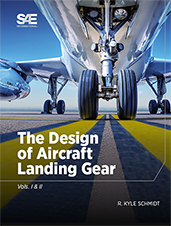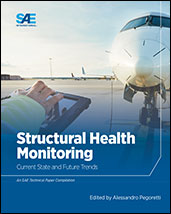Book

Understanding How Components Fail, 2nd Ed.
1999-12-01
Understanding How Components Failprovides expanded coverage of many important failure analysis concepts and analytical techniques needed in failure investigations. Basic principles and practices are clearly explained, with numerous examples featuring commonly used metals, parts, and service environments.



















